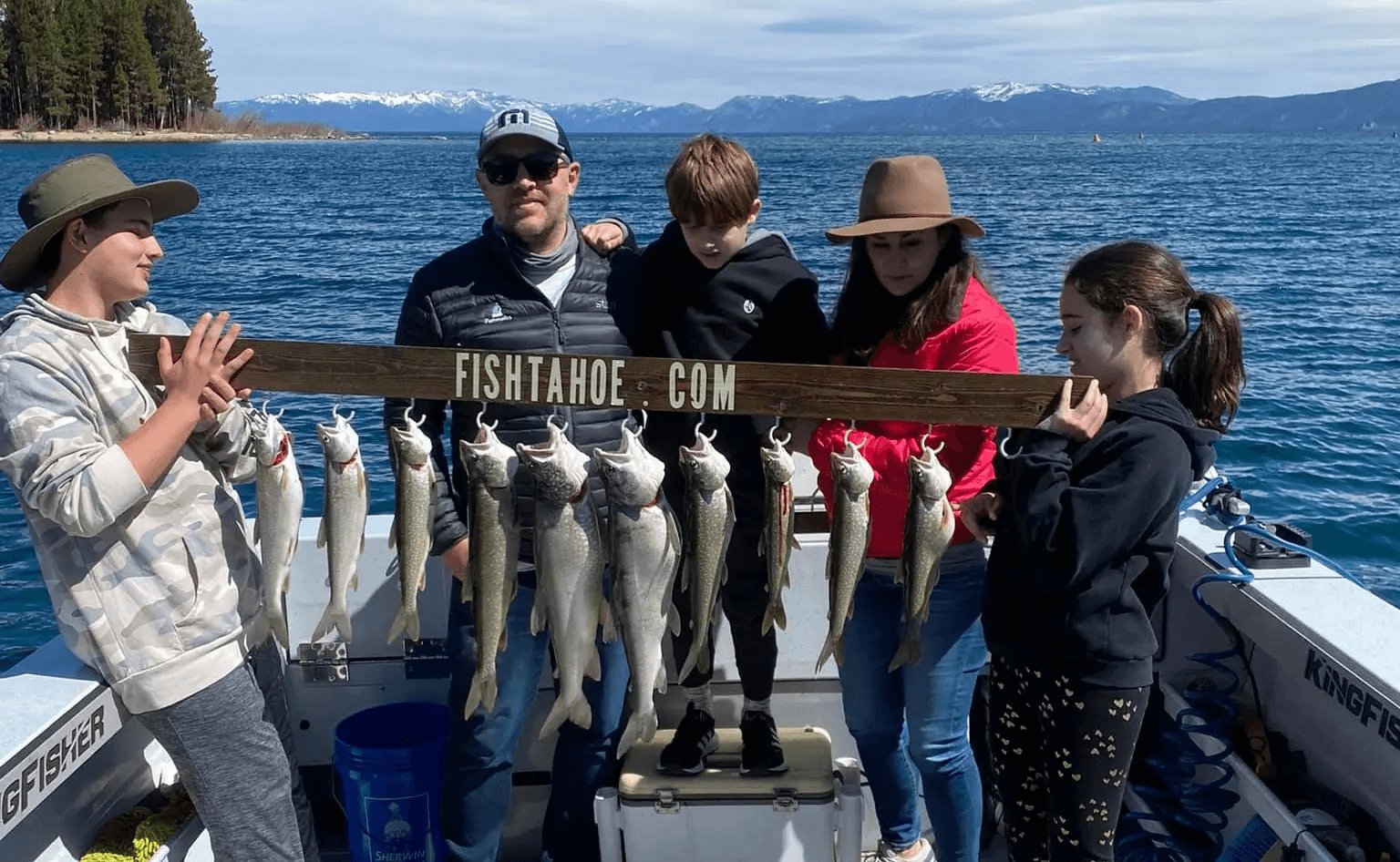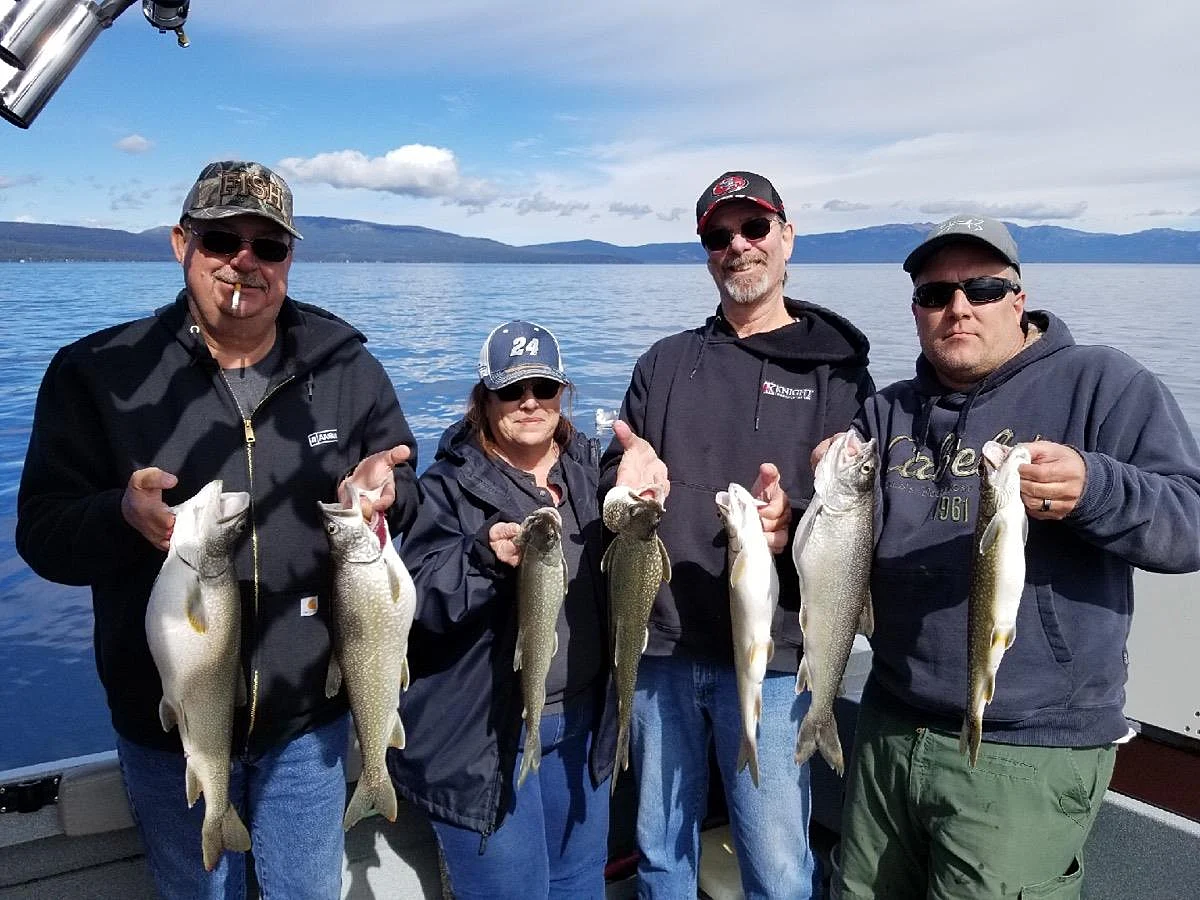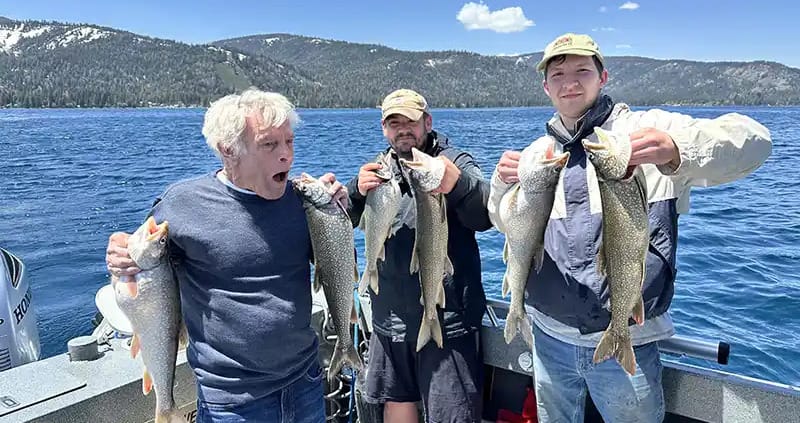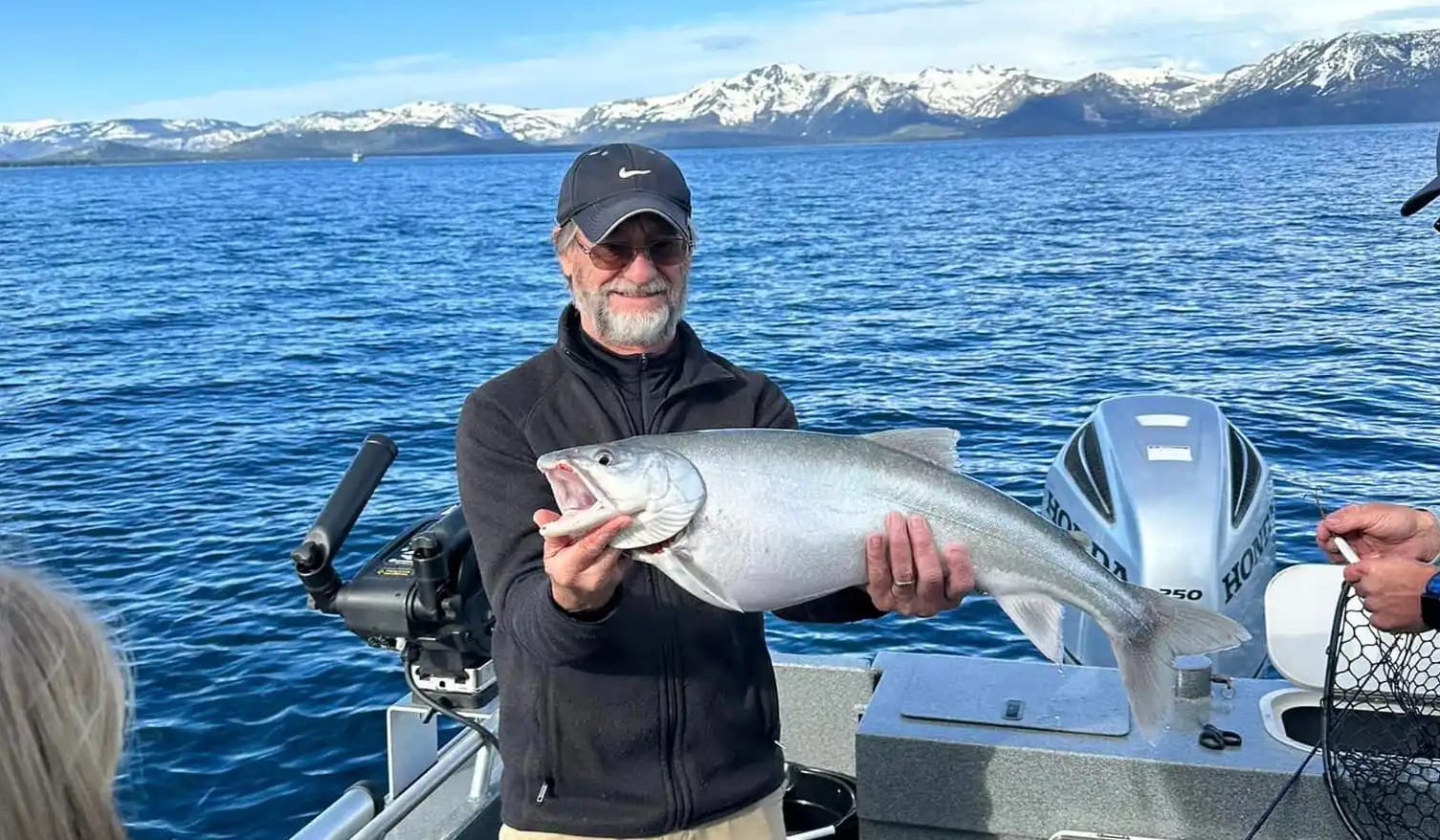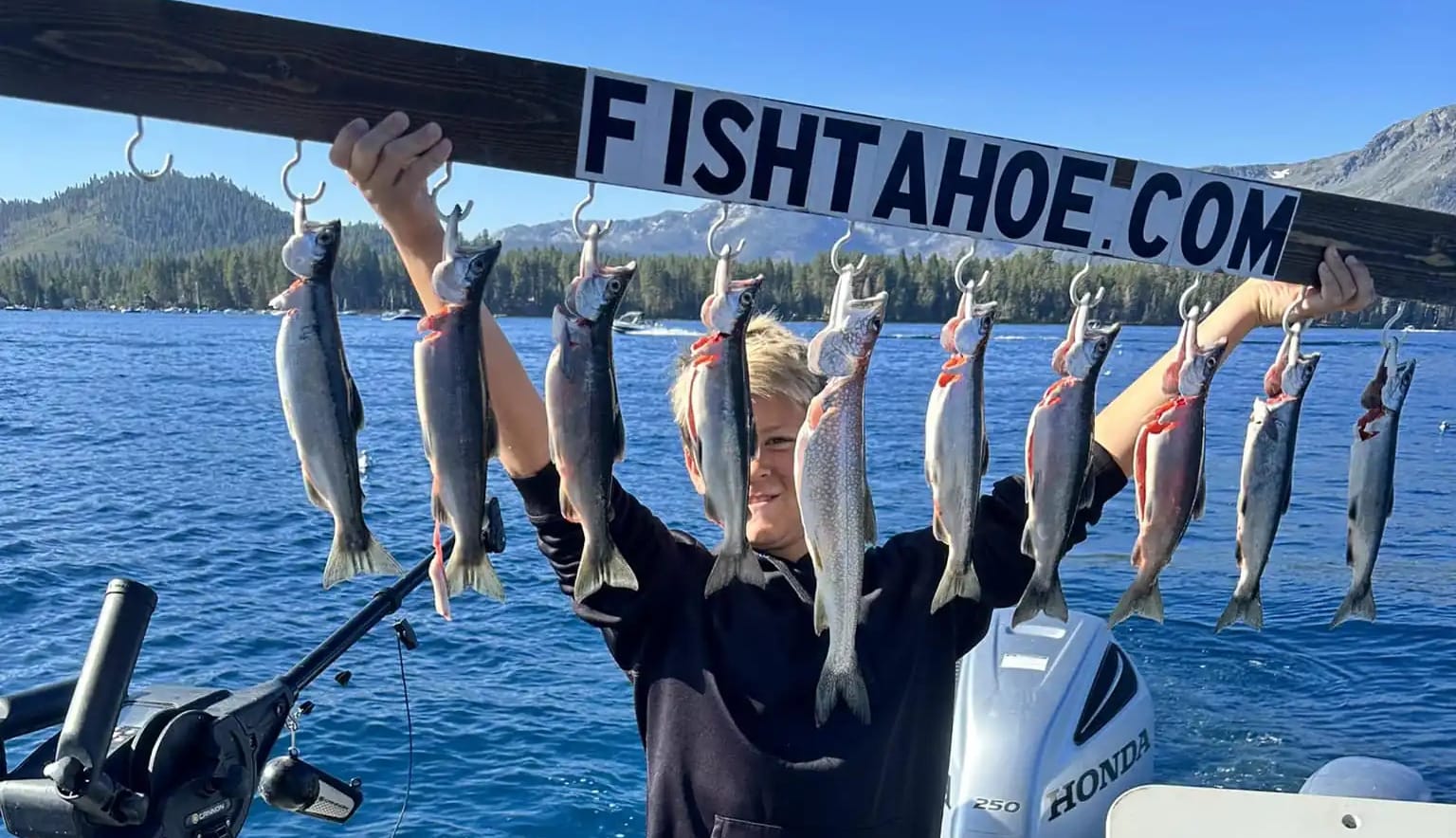It’s Between you and the Lure

The anticipation of your first cast in the early morning is an exciting moment. Steam rolls off the water, and the sun begins to crest over the mountains, giving you just enough light to see where you want to send that first cast. You never really know what’s going to happen. That’s the thrill of fishing.
One perfect cast in the right place could mean an immediate bite and a solid hook set. That’s how you want the morning to start. But sometimes, it doesn’t go that way. You make that same perfect cast, and then your line starts looping, catching on the guides. You hear that dreaded snap as your lure flies off, unattached, landing in the water while your reel turns into a tangled mess. That’s when the swearing starts.
The best way to avoid that mess? Prep the night before. Your fishing line is more important than most people think. It’s the one thing connecting you to the fish, and it’s often ignored. I’ve been prepping my line the night before since I was six years old. Back then, it was part of the ritual. Now, as a guide on Lake Tahoe, it’s part of the job.
Beginners especially tend to overlook line quality, often using gear that’s been sitting around for years. It doesn’t matter if your setup costs twenty bucks or five hundred. If your line is bad, your chances of landing fish drop fast. I’ve seen professionals lose fish—and even payouts in tournaments—because they didn’t check their line.
There are a lot of different types of fishing line out there, and every angler has their own preferences. But the two most common are monofilament and fluorocarbon. They each have advantages and disadvantages, and knowing the difference matters.
Monofilament, or “mono,” is the classic choice. It’s cheap, strong, and durable around structure. Mono floats, which is great in certain situations, but it also absorbs water and weakens over time. It stretches, too. That can be a good thing, depending on how you’re fishing.
Mono is great for trout and bass. For bass, it works well with crankbaits, Carolina rigs, and some topwater setups. That stretch helps keep treble hooks set when a fish shakes its head. With Carolina rigs, mono helps lift the bait off the bottom for a better presentation. In clear, open water, mono is still a solid topwater choice.
For trout, mono is ideal in rivers or when casting from shore. That little bit of lift helps keep lures from sinking between rocks. It also holds up when scraping across structure. Worm fishing is another good application—mono gives the worm a bit of float. On Lake Tahoe, a lot of anglers drift minnows on Carolina rigs, and a mono leader can help keep the bait just off the bottom where it’s more visible and less likely to get lost in grass.
Now let’s talk about fluorocarbon, or “fluoro.” It’s nearly invisible underwater, which makes it ideal in super-clear lakes where fish can be picky. Because of its density, it sinks, doesn’t stretch much, and transmits bites better than mono. It’s also more UV-resistant and lasts longer.
I use fluoro a lot when guiding on Lake Tahoe. Its sinking quality helps crankbaits get down deeper, and its lack of stretch means quicker hook sets. It’s especially useful when jigging deep. In 200+ feet of water, being able to feel a bite and react quickly is critical. Even though fluoro still stretches a bit with a lot of line out, most guides use braid as the main line and then tie on a 30-foot fluoro leader. That combo works great when trolling or top-lining.
Each line type has its place. Mono is more forgiving and floats. Fluoro is stealthier, more sensitive, and sinks. The right choice depends on the species, water conditions, and how you’re fishing. But no matter what you use, it’s the small details that matter most.
Always test your line. Give it a pull. If it’s brittle, replace it. If it’s old, replace it. We all tell ourselves it’ll be fine for one more trip—until it’s not, and the fish breaks off.
Check your rod guides too. Every guide has a little insert that should be smooth, but burrs or chips can cut your line. Run a Q-tip around the guide. If it snags or pulls off cotton, there’s damage. Use your hook keeper, not the guide, to avoid wear.
Retie your knots every time. Yesterday’s knot won’t cut it. Knots take abuse and can weaken. Even if it feels strong, retie it. Test it. A tiny flaw can make the knot slip or fail.
After you catch a fish, check your line again. Run your fingers down to the lure. Look for abrasions, weak spots, or tiny tangles. Clean it up, retie if needed, and get back to fishing.
That’s how you keep from losing fish—and stories.
